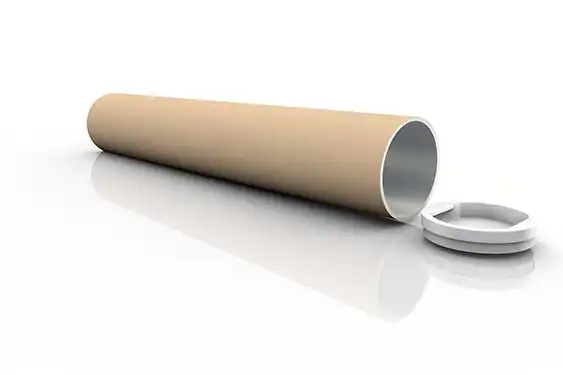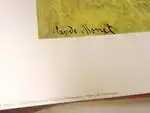About this finishing
Print. The image is printed on the top quality 10-ink HP Z9PS printer on HP matte 270 g / m2 paper. You can choose any size to an accuracy of 1 cm. A margin of 5 cm around the image is added to the size of the motif.


You can find a detailed description about our finishings
here.
Fuji seen through the Mannen bridge at Fukagawa, Edo
Date:
1830Medium:
woodblock printLocation:
private collection Hokusai painted picture Fuji seen through the Mannen bridge at Fukagawa, Edo in 1830. Prevailing color of this fine art print is green and its shape is landscape. This art piece is located in a private collection This image is printed on demand - you can choose material, size and finishing.
Katsushika Hokusai (1760-1849). The Japanese artist, painter of ukiyo-e (pictures of the fleeting world) and illustrator known today mainly for his series 36 Views of Mount Fuji. He was born in Edo (now Tokyo). His most used technique was woodcut, which he subsequently transferred using colours onto paper or silk. The technique originated in the 8th century in China, and in the 17th century, it began to spread to Japan. Using this technique, officials, the life of upper classes, cities, travels, etc. were captured. The most famous representative of this series is a painting titled
the Great wave of Kanagawa. This xylograph was printed in approximately 5000 copies (therefore, there are different versions of the image). The image does not capture a tsunami, but rather okinami - literally translated, a folded wave on the open sea. Hokusai studied Japanese, Chinese, French and Dutch artwork and developed a distinctive style, which broke through the traditional and preconceived notions of what was then a Japanese painting. His work has had a global impact, and especially affected
Impressionists.

